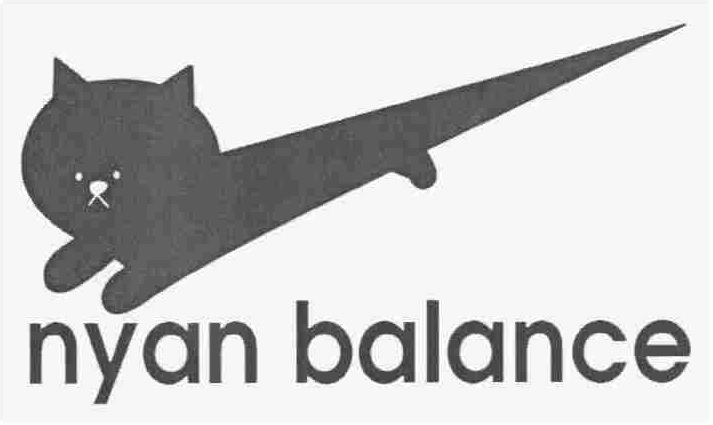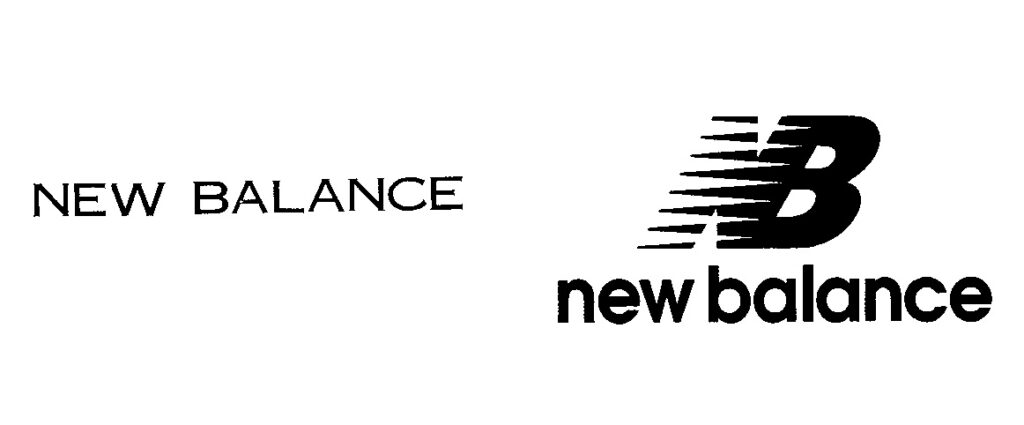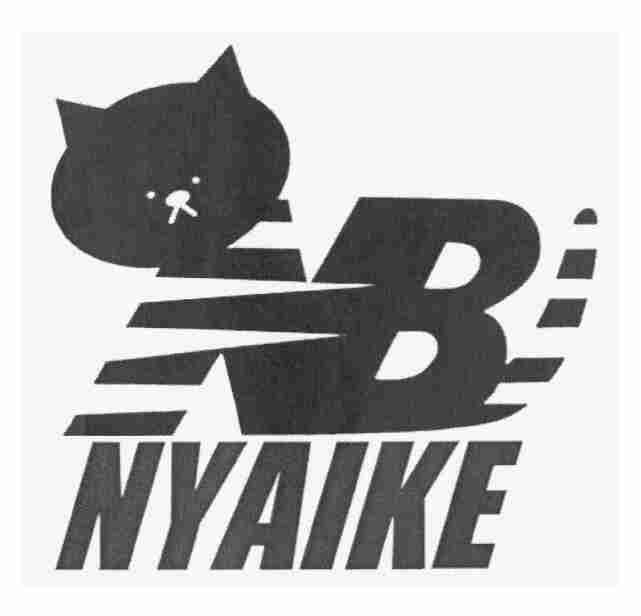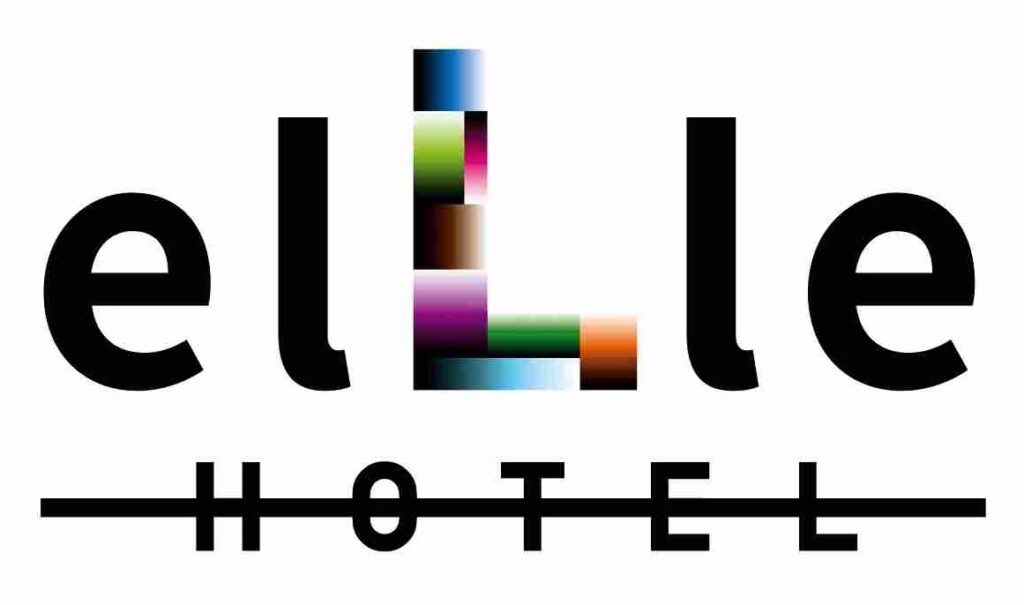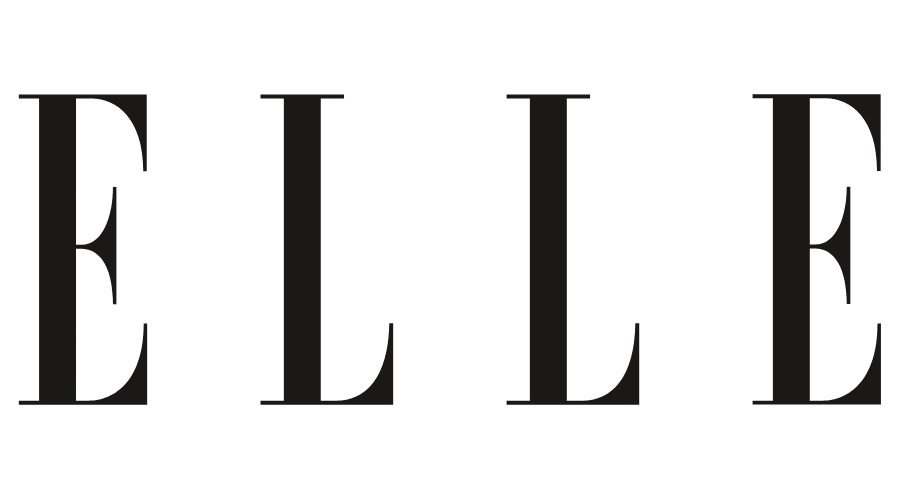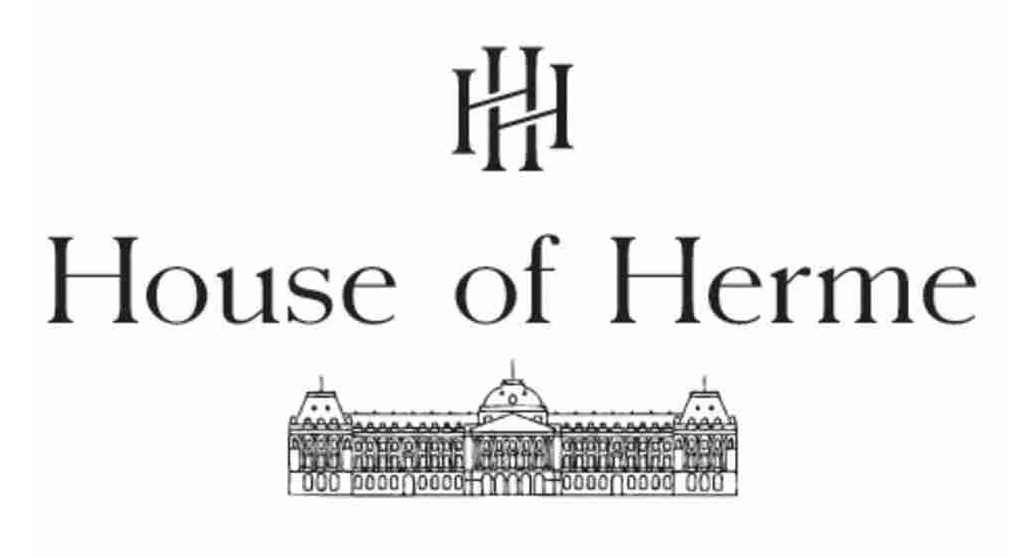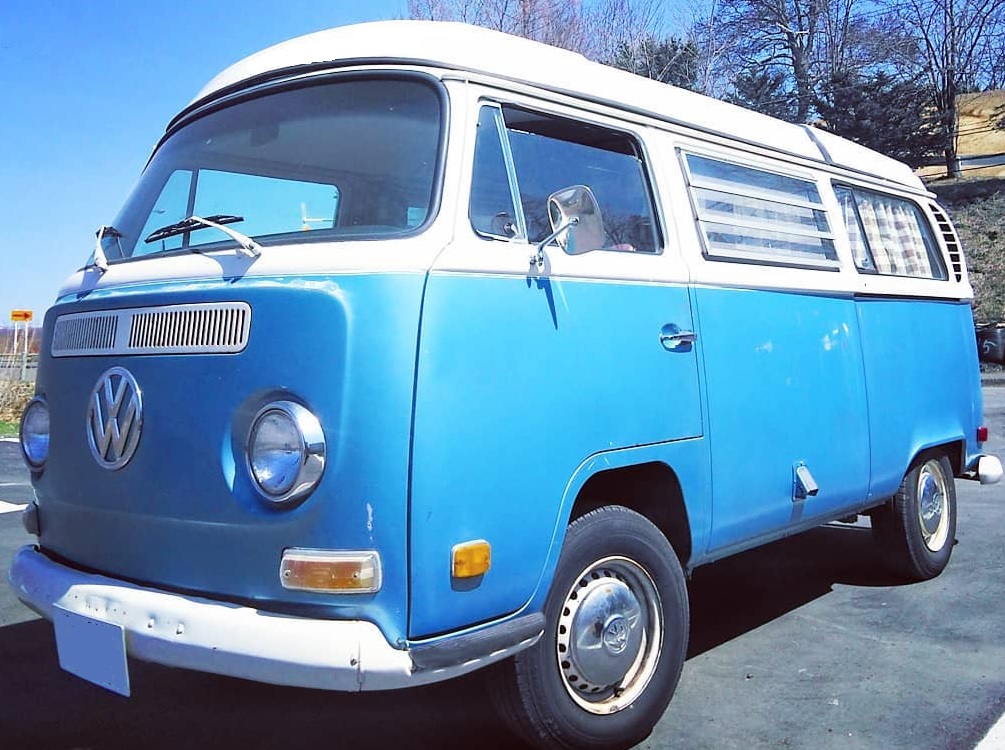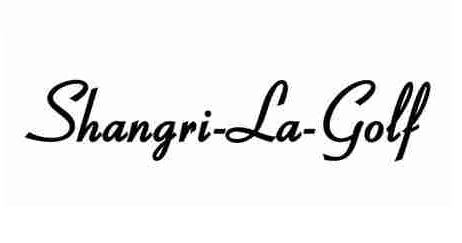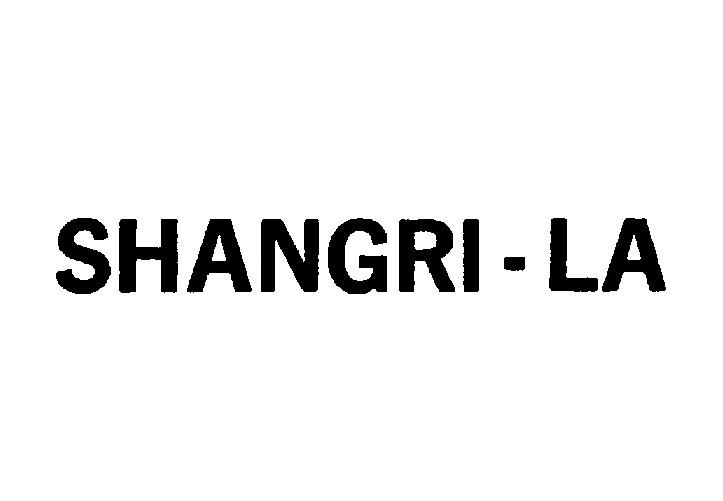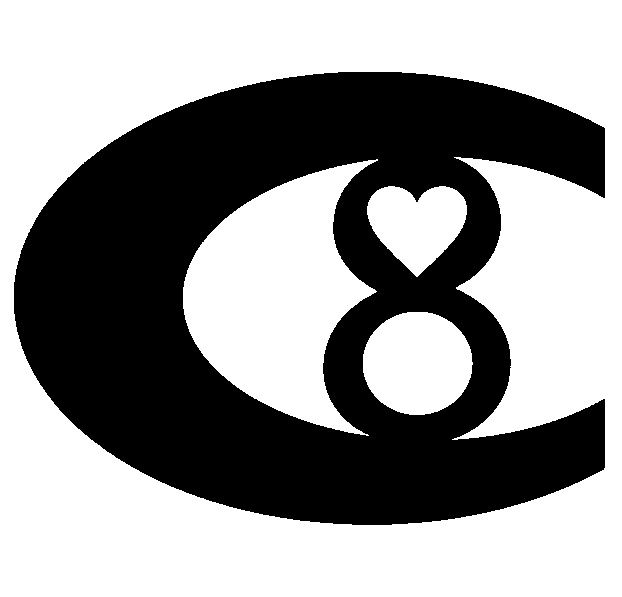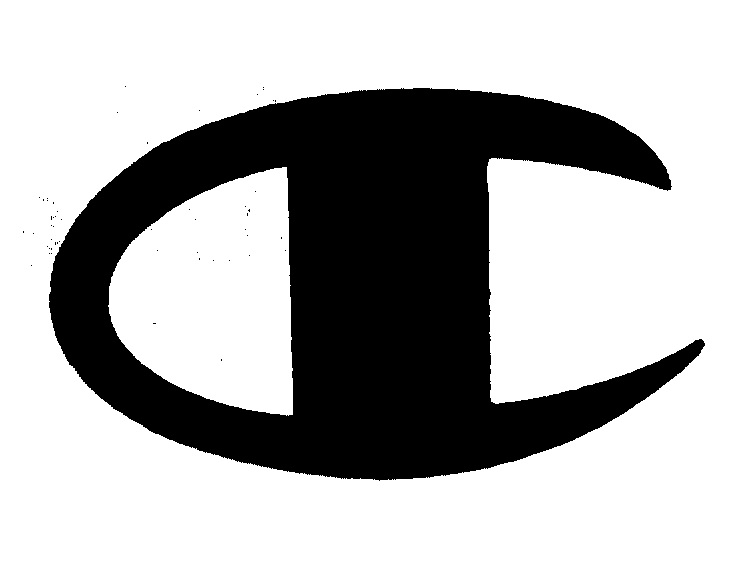The Japan Patent Office (JPO) dismissed an opposition against TM Reg no. 6686442 for wordmark “Cailin Kailun” in class 25 claimed by Calvin Klein Trademark Trust who argued a likelihood of confusion with “Calvin Klein”.
[Opposition case no. 2023-900108, Gazette issued date: January 26, 2024]
Cailin Kailun
A Chinese individual applied for registration of the wordmark “Cailin Kailun” in standard characters for use on coats, suits, trousers, T-shirts, dresses, socks, stockings, underwear and other clothing, and sports shoes in class 25 on September 1, 2022.
Apparently, men’s underwear bearing the mark is sold online.
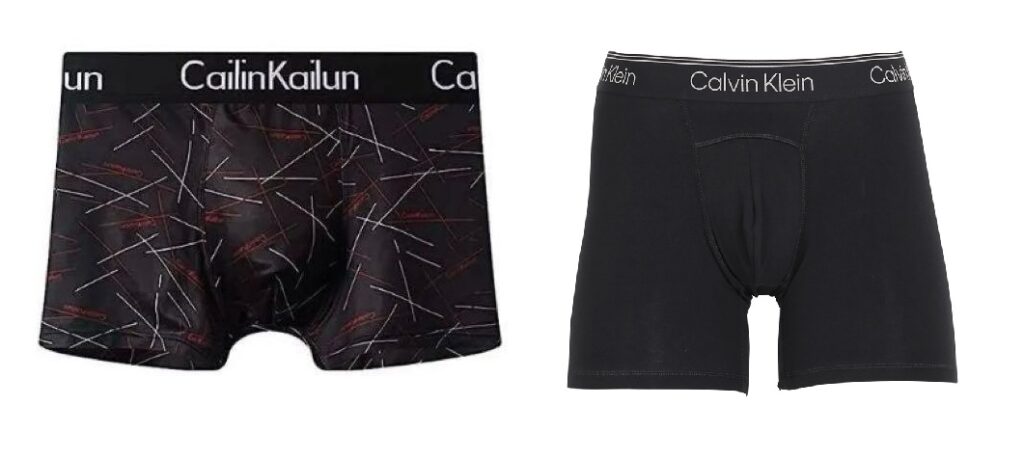
The JPO examiner granted protection of the mark on January 30, 2023.
Opposition by Calvin Klein
On May 15, 2023 within two-month statutory deadline starting from the issued date of TM gazette on April 12, 2023, Calvin Klein Trademark Trust filed an opposition against the Cailin Kailun mark and claimed cancellation in contravention of Article 4(1)(vii) and (xv) of the Trademark Law.
Calvin Klein argued that the opposed mark “Cailin Kailun” is confusingly similar to a global fashion brand “Calvin Klein” in appearance and sound. In view of a high degree of distinctiveness and popularity of the “Calvin Klein” mark and close relatedness between the goods in question and the business lineup of Calvin Klein, relevant consumers with an ordinary care would confuse a source of the goods in question bearing the mark “Cailin Kailun” with Calvin Klein even if both marks are not similar in concept.
JPO decision
The JPO Opposition Board admitted the cited mark “Calvin Klein” has been well-known among consumers as a source indicator of the claimant’s business in relation to clothing.
In the meantime, the Board denied similarity of the marks by assessing clear distinctions in appearance, sound and meaning.
Comparing both marks, it is obvious that they start with the same spelling of ‘Ca’ at the first word, and ‘K’ at the second word, and end with ‘n’ at both words. However, because of clear distinction at the other letters, they are easily distinguishable in appearance.
Although both marks have the same sounds at the beginning, in the fourth and last, due to severe difference in other five sounds, they are audibly distinguishable.
There is no similarity in concept because the opposed mark has no meaning at all. Meanwhile, the cited mark gives rise to a meaning of “famous brand called Calvin Klein”.
Given a low degree of similarity between the marks, the Board did not find any reason to believe that relevant consumers would associate or connect the goods bearing the opposed mark with “Calvin Klein” even though the goods in question is highly related to the business lineup of Calvin Klein.
Based on the foregoing, the Board found the opposed mark shall not be cancelled in contravention of Article (1)(vii) and (xv), and decided to dismiss the opposition entirely.

